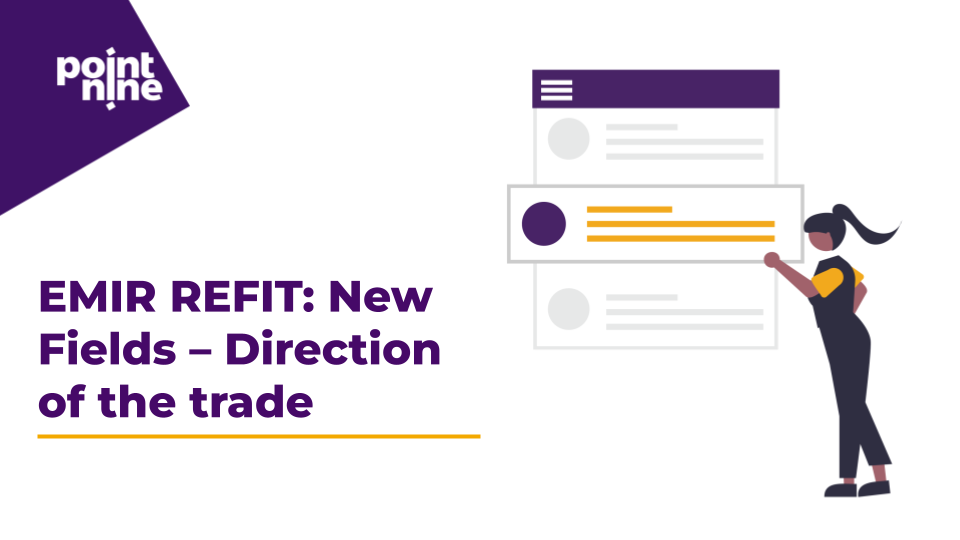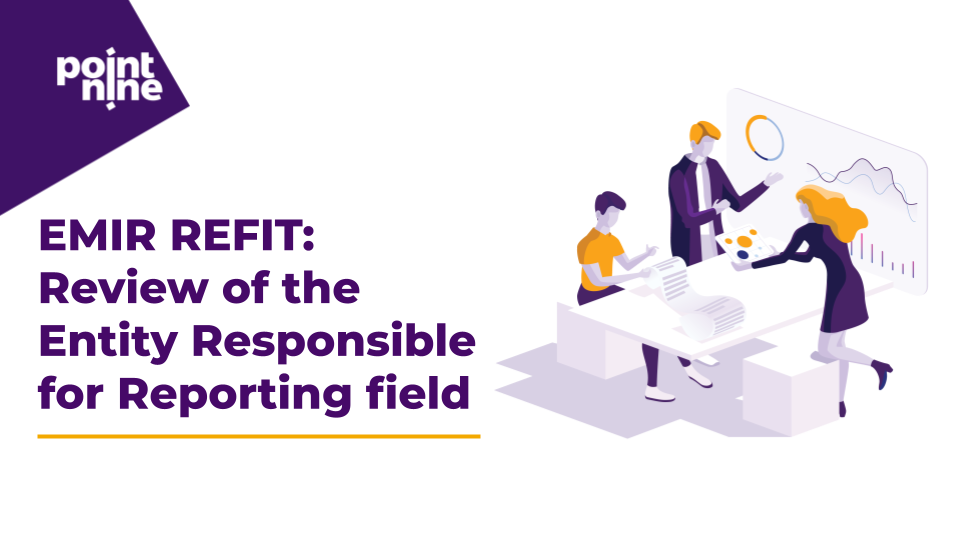The most complex regulatory framework
With about 11 months to go until the introduction of MiFID II/MiFIR in the European Union, for most firms this new regulatory framework is still a headache and this is no great surprise since MiFID II is a complex regulation and demands a great deal of time and resources to achieve compliance.
What is MiFIR?
The revision of MiFID I came into two parts: the Markets in Financial Instruments Directive (MiFID II) along with Markets in Financial Instruments Regulation (MiFIR) that have been proposed by the European Commission on the 20th of October 2011 and will be implemented on 3rd January 2018. Therefore, transaction reporting falls under the scope of MiFIR.
What are the objectives of MiFIR?
- Cover formerly unregulated instruments
- Outspread it scope to up till now unregulated markets
- Reinforce the power of local regulator and ESMA
- Protect investors by creating more granular requirements for portfolio management and investment advice.
What are MiFIR Reporting Requirements?
Who need to report?
- Financial Counterparties as defined in EMIR Regulation ( Article 2 (8)) i.e. investment firms, investment manager, credit institutions etc
- Non-financial counterparties exceeding the clearing threshold as defined in EMIR Regulation ( Article 10(1)(b))
- Market Operators, including any Trading Venues
- Central Counterparties (CCPs) and persons with proprietary rights to benchmarks
- Third-Country Entities (TCEs) providing investment services or activities within the EU
- Exemptions: AIFMs under the AIFMD and UCITS management companies under UCITS Directive
What to report?
- Financial instruments admitted for trading a European Market or an EU trading venue or instruments whose underlying asset is admitted for trading on a trading venue. This captures all OTC transactions.
- Financial instruments where the underlying is an index or basket composed of instruments traded on a trading venue
Exemptions:
- Segregated collateral transfers in bilateral transactions
- Securities financing transactions like repos, reverse repos etc and Total Return Swaps including certain funds
- Give-ups and give-ins
- The issuance, allotment, subscription or exercise of-pre-emption rights
What is a trading venue?
A trading venue is:
- Regulated Market (RM)
- Multilateral Trading Facility (MTF)
- Organised Trading Facility (OTF) – for OTC transactions
- Third Country Trading Venues – subject to European Commission
What are Transaction Reporting Data?
Fields 1-6: General Fields
Fields 7-20: Buyer and Seller
Fields 21-24: Decision Maker
Fields 25-27: Transmission Details
Fields 28-40: Transaction Details
Fields 41-56: Instrument Details
Fields 57-60: Investment Decision Maker
Fields 61-65: Flags





